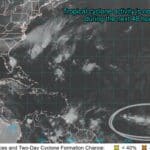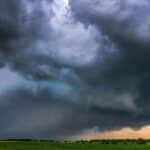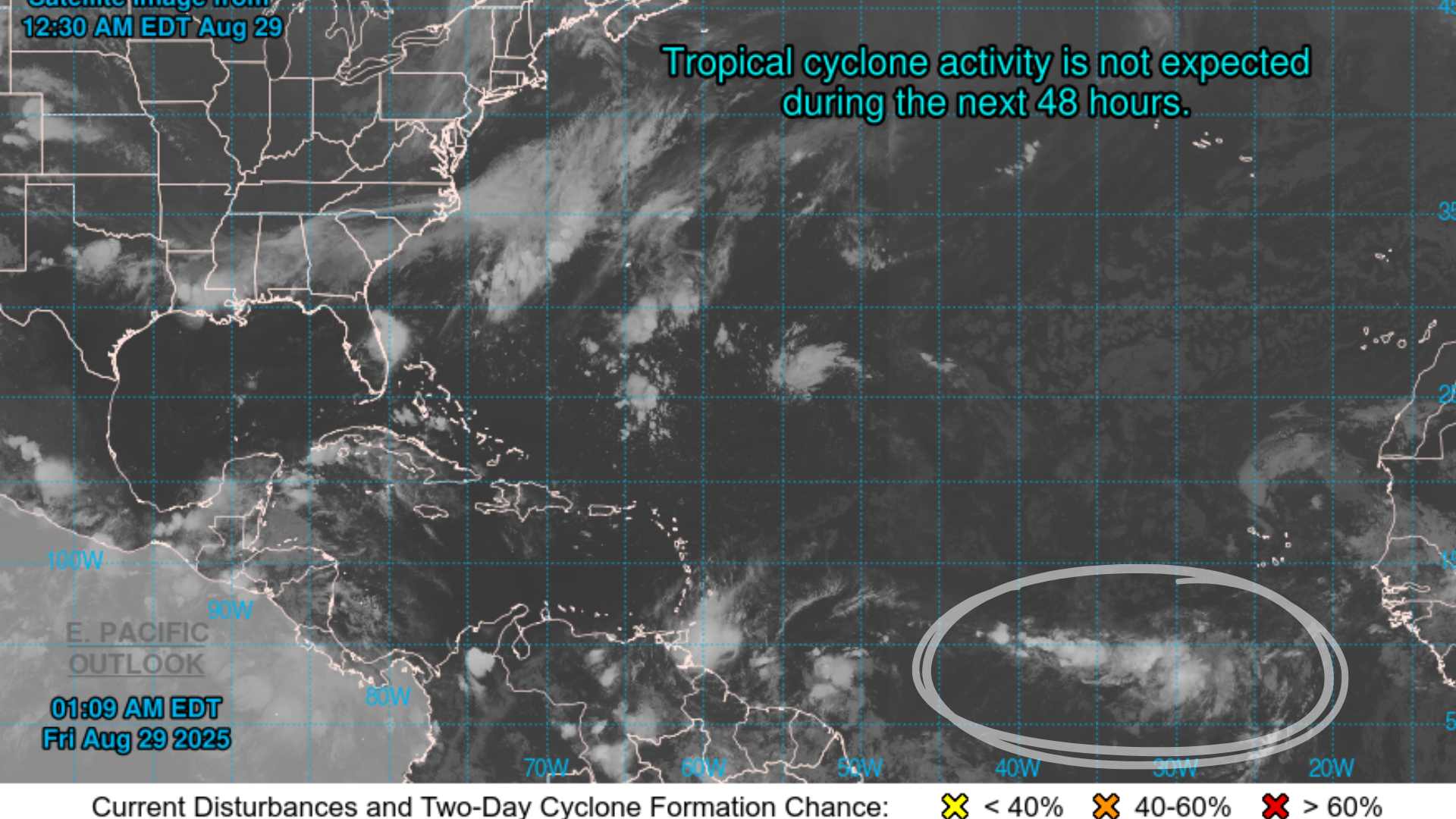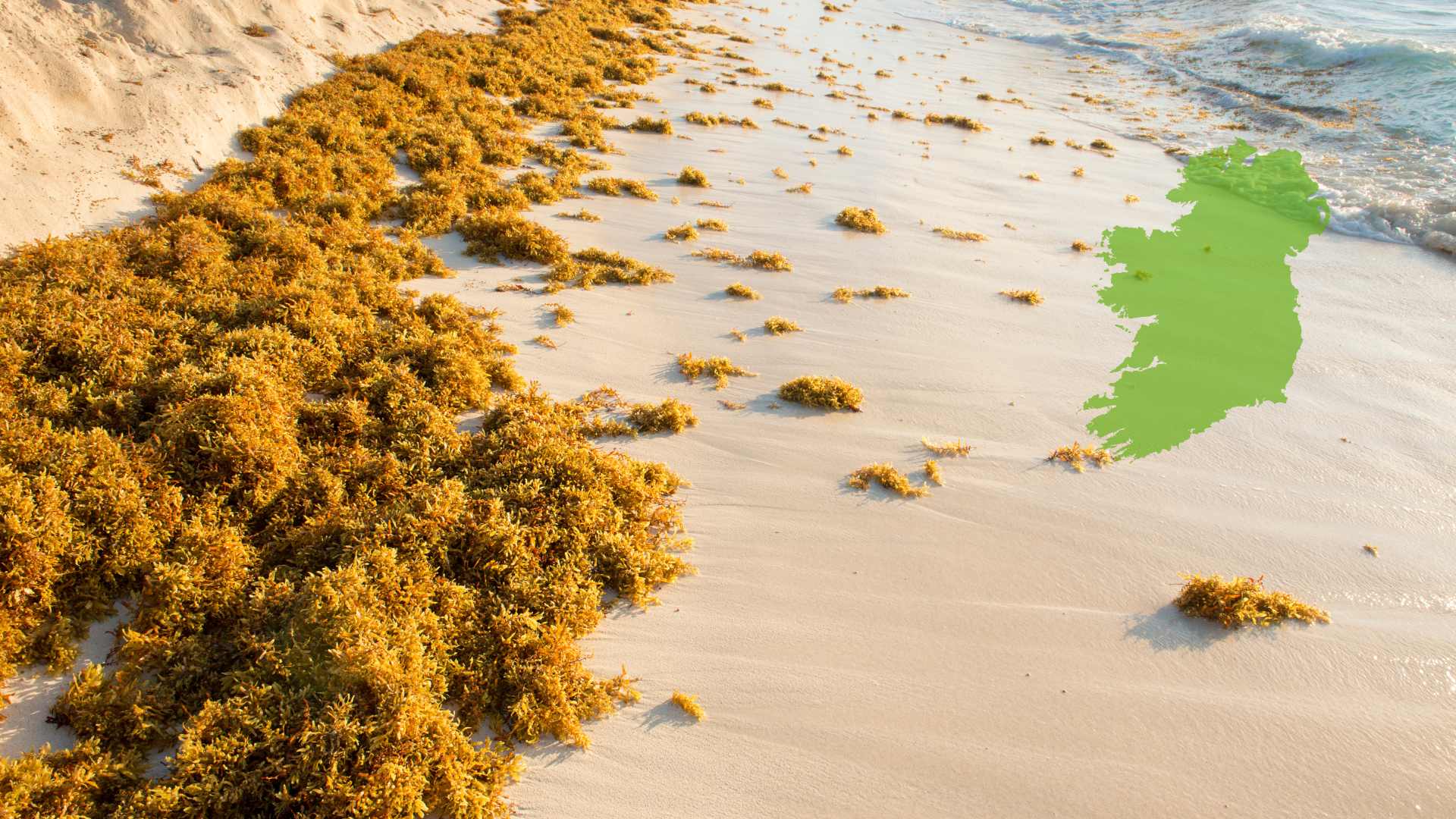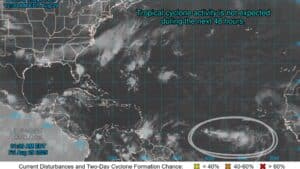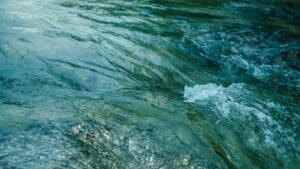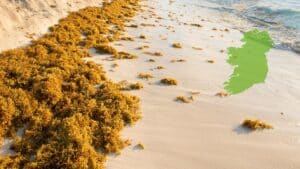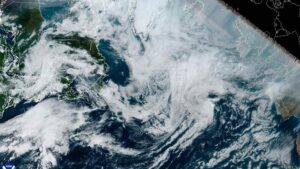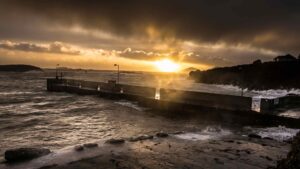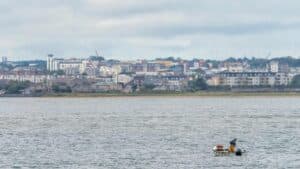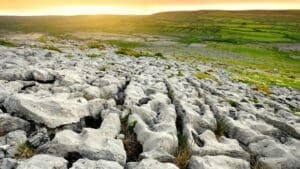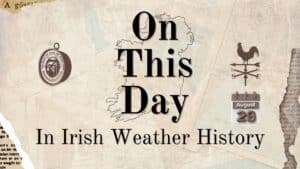
Ireland’s Ancient Volcanoes Born of Iceland’s Heat
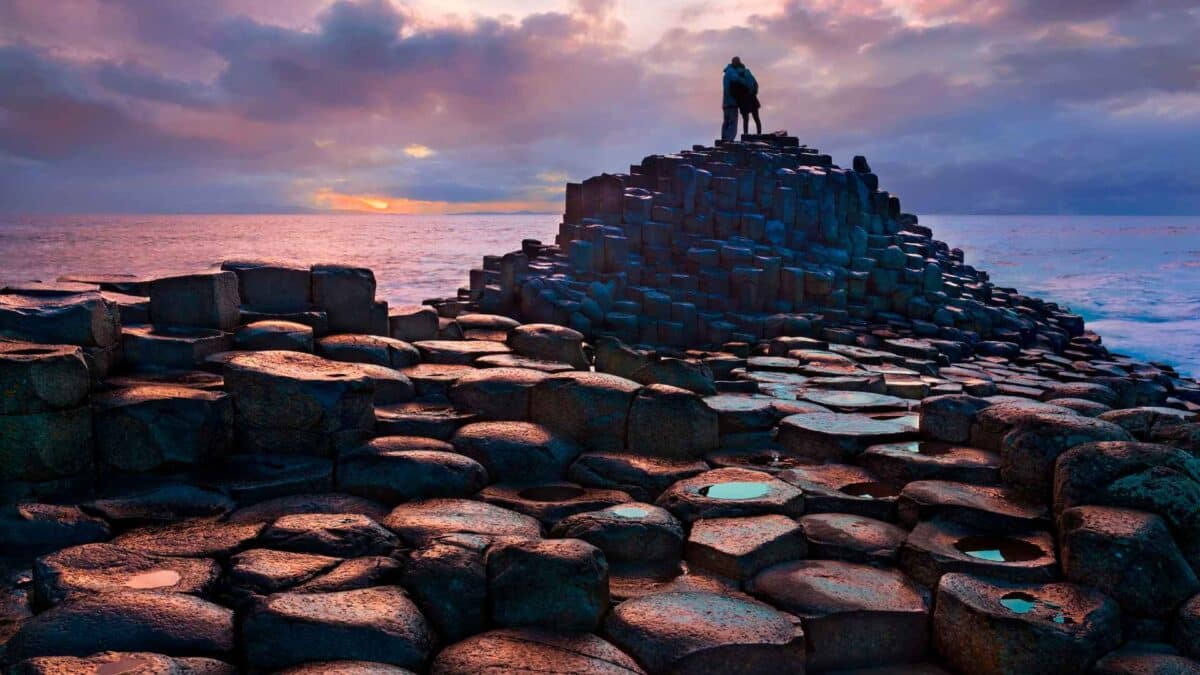
A new study by the University of Cambridge reveals that sixty million years ago a giant plume of molten rock from deep beneath Iceland triggered volcanic eruptions across the North Atlantic, leaving behind some of Ireland’s most iconic geological features, including the Giant’s Causeway and long-dormant volcanoes in counties Antrim and Clare, as well as lava-strewn islands off Scotland’s coast.
Scientists have long wondered why this volcanic activity was so widespread. The Cambridge research suggests the answer lies in variations in the thickness of tectonic plates beneath Ireland and neighbouring regions. Thinner sections of the Earth’s lithosphere acted as channels, funneling the plume’s molten rock across large swathes of northern Ireland and western Scotland.
“Iceland owes much of its origin to the mantle plume,” said Raffaele Bonadio, geophysicist at Cambridge and lead author of the study. “We wanted to understand why its volcanic impact sixty million years ago extended across Ireland and beyond, shaping the landscape we see today.”
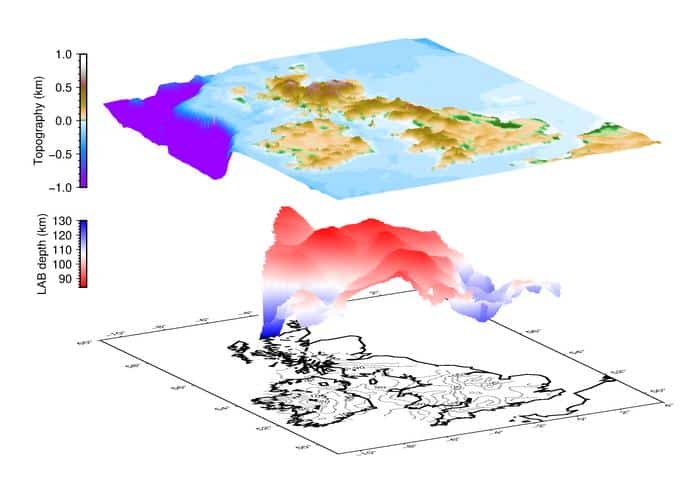
Bonadio focused on the North Atlantic Igneous Province, combining seismic tomography, which works like a CT scan of the Earth, with a new method called seismic thermography to reveal variations in plate thickness and temperature. He found that volcanoes in northwest Ireland and parts of Scotland formed where the lithosphere was thinner and weaker, allowing magma to pool and erupt more easily.
Some scientists had previously argued that the eruptions had other causes. But Bonadio’s study shows that the mantle plume itself was diverted along zones of thin lithosphere beneath Ireland, creating a corridor for volcanic activity. Sergei Lebedev, also at Cambridge, said: “Hot plume material eroded the lithosphere beneath Ireland. The combination of thin lithosphere, hot asthenosphere and decompression melting explains the uplift and volcanic activity.”
The findings also have modern significance for Ireland. Past work by the team has shown that areas with thinner lithosphere, including parts of western and northern Ireland, are more prone to earthquakes. Bonadio and Lebedev are now using their methods to map Ireland’s geothermal energy potential. “The greatest heat from the Earth’s mantle is found where volcanoes erupted in Ireland sixty million years ago and where the lithosphere is thinnest,” said Lebedev. “This could guide future renewable energy projects across the country.”


